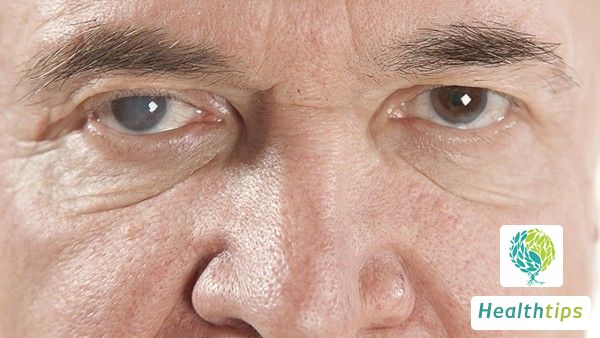Whether retinal detachment can see things needs to be judged based on specific conditions.

If patients have retinal detachment, it is recommended to seek medical attention promptly and undergo treatment under the guidance of a doctor.
I. Can see things
1. Rhegmatogenous retinal detachment: Rhegmatogenous retinal detachment is a disease caused by the separation of the retinal neuroepithelial layer and the pigment epithelial layer, often manifesting as decreased vision, visual field defects, and other symptoms. If the patient's condition is relatively minor and there are no obvious discomfort symptoms, they can generally see things, but they may experience symptoms of floaters.
2. Tractional retinal detachment: Tractional retinal detachment is usually caused by conditions such as posterior vitreous detachment, which can lead to retinal tears or thinning, affecting normal vision. If the retinal detachment occurs in the peripheral area, it usually does not have a significant impact on vision, so it is generally possible to see things. However, if it involves the macular area, it may affect central vision, resulting in blurred vision.
II. Cannot see things
Retinal detachment may be caused by factors such as high myopia and trauma. If it is not effectively treated, it may lead to complete retinal detachment, making it impossible to see objects clearly. In severe cases, blindness may occur. In daily life, patients should pay attention to eye protection measures, avoid prolonged use of eyes to prevent worsening of the condition. At the same time, they should also pay attention to a reasonable diet, mainly consisting of light and digestible foods such as millet porridge and pumpkin porridge. They can also eat more foods rich in vitamin A, such as carrots and animal liver. Additionally, patients can engage in moderate physical exercise to enhance their body's resistance.

